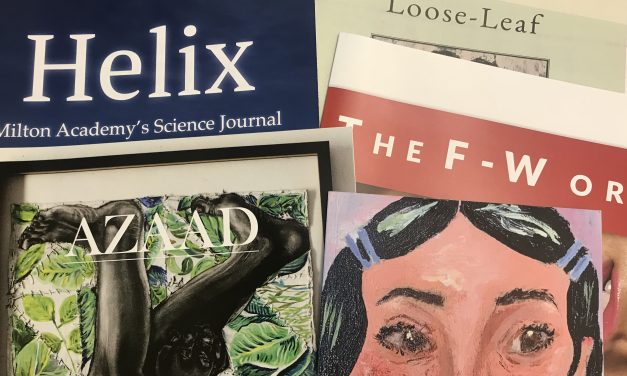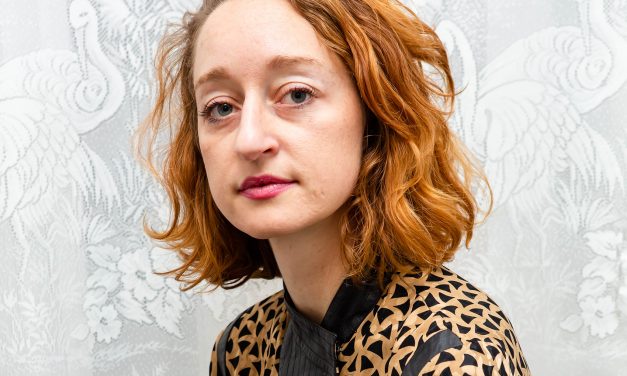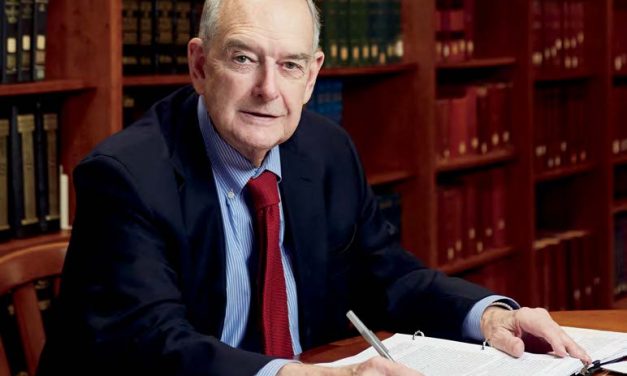
Milton Mural
Sebastian Meyer ’98 Photojournalist / Under Every Yard of Sky Sebastian Meyer’s book, Under Every Yard of Sky, chronicles life in Iraqi Kurdistan and a personal story of friendship and loss. Sebastian followed the Kurds of Iraq as they rose from their bloody past to hover for a moment in a state of peace before being plunged back into war. He spent six years traveling across the region reporting on Kurdistan’s growing prosperity. Then, in 2014, ISIS kidnapped his closest friend, Kamaran Najm, a charismatic Kurdish photographer. Sebastian had moved to Kurdistan to help Kamaran start Metrography, a photo...
Read More







